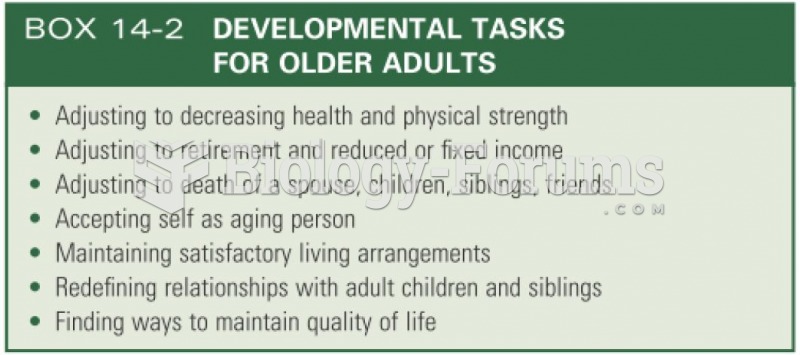Answer to Question 1
The following tips can help singles of any age buy and prepare foods.
Keep cupboards and refrigerator stocked with milk, eggs, bread, tortillas, pita bread, canned beans, jars of spaghetti sauce, rice, pasta or noodles, potatoes, onions, canned soups and broth, margarine, cooking oil, and frozen vegetables.
Keep fresh fruits or vegetables, low-fat yogurt or cheese, and popcorn on hand for easy-to-grab snacking.
Buy large bags of frozen vegetables if you have sufficient freezer space. Take out the exact amount you need at mealtime.
Keep an assortment of whole-grain breads, bagels, and muffins in the freezer. Take out individual servings as you need them.
Buy large packages of meat and poultry when they are on sale. Divide the package into individual servings and freeze them separately.
Buy fruits and vegetables in season; they will be cheaper and most flavorful at these times.
Simplify cooking and clean-up. Prepare a one-dish meal that includes foods from several food groups, such as meats, whole grains, legumes, and vegetables (for example, chicken, vegetable, and rice casserole, or vegetarian chili with chopped vegetables).
Downsize your meal. If you're short on time or energy, make a healthy snack rather than a full meal.
Recruit friends and neighbors for a cooking cluba great way to share new recipes and make meal preparation more enjoyable.
Keep it simple and full of vegetables. A heaping bowl of hot soup or stew can make a delightfully healthy and satisfying meal on a cold night. Search the Internet for healthy recipes such as Corn and Shrimp Chowder, Sweet Potato and Peanut Soup, or Autumn Harvest Stew.
Cook for several meals at a time. Roast a turkey breast, or skinless, boneless chicken breasts, and use half for dinner and the rest for lunchesin sandwiches, tortillas, stir-fry meals, or salads.
Double a favorite recipe. Label and store the extra servings in the freezer. Date these so that you will use the oldest first.
Add your own steamed vegetables to a frozen entre. Add a tossed salad, whole-grain roll, and a naturally sweet fruit.
Choose frozen entrees that contain no more than 10 grams of fat per 300 calories and fewer than 800 milligrams of sodium per serving.
When you cook for yourself, imagine that you are cooking for special guests. Or, make your meal preparation time more meaningful by asking friends or relatives to join you for a home-cooked meal.
Answer to Question 2
Factors influencing nutritional status of older adults:
Physiological
Dietary intake
Lack of appetite
Inactivity/immobility
Poor taste and smell acuity
Alcohol or drug abuse
Presence of chronic disease
Polypharmacy
Disability
Oral health problems
Socioeconomic
Cultural beliefs
Poverty
Limited education
Limited access to health care
Institutionalizatio n
Psychological
Loneliness
Cognitive impairment
Dementia
Depression
Loss of spouse
Social isolation
Environmental
Inadequate housing
Inadequate cooking facilities
Lack of transportation
Lack of access to health services







